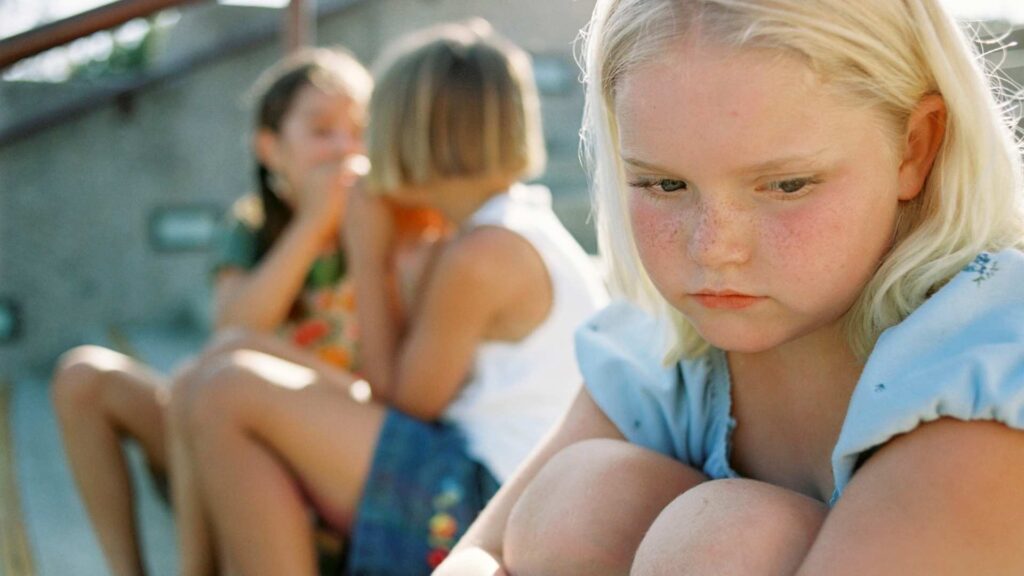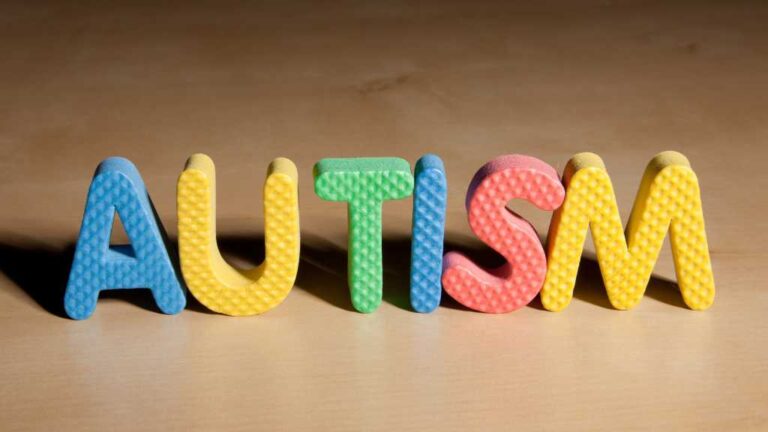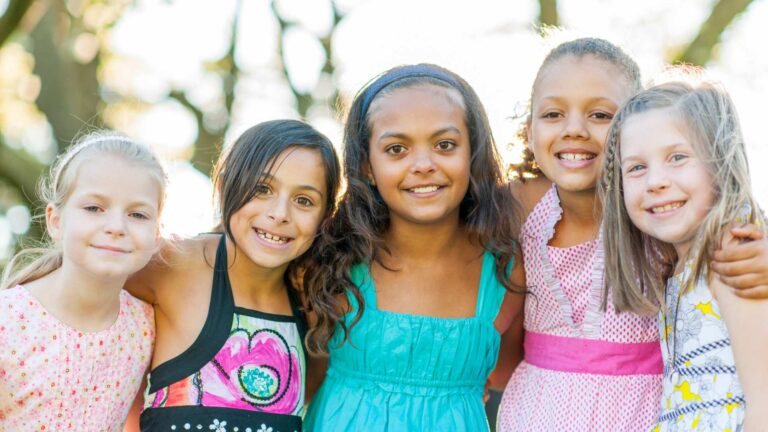Table of Contents
When Should Shyness in a Child Raise a Red Flag for Autism?
Parenting comes with endless questions, but few feel as urgent as wondering whether your child’s social hesitation is simply shyness or autism. Many parents watch their child avoid eye contact, stay quiet in social settings, or struggle to connect with others. families question if it’s part of their personality or an early sign of something more profound.
At first glance, introversion and autism can look similar. Both may involve quietness or avoidance of crowds. But beneath the behaviors lie very different causes, and knowing which one applies to your child can change everything. Recognizing early autism signs allows families to seek support early, opening doors to therapies that nurture confidence, communication, and joy.
This guide by ABA Centers of Georgia explores how to tell the difference between shyness or autism, the subtle distinctions parents should look for, and how ABA Therapy can help support growth, healthy development and understanding.
Understanding Autism
Autism Spectrum Disorder (ASD) is a neurodevelopmental condition that affects how people communicate, socialize, and process the world around them. The Centers for Disease Control and Prevention (CDC) describes autism as involving unique brain differences that can influence everything from social interactions to sensory experiences.
Some of the most recognized autism signs include:
- Difficulty maintaining eye contact
- Repetitive behaviors, like hand-flapping or lining up objects
- Challenges understanding social cues, facial expressions, or tone of voice
- Limited interest in social interaction or play
While shyness or introversion stems from personality traits, autism is neurological. That means children with autism aren’t just “quiet” or “reserved”; they experience and interpret the world differently. Still, it’s understandable that introversion and autism may appear similar in early childhood, especially when a child withdraws from social situations.
Shyness, Introversion, and Autism: Where They Overlap
Children who are shy or introverted often behave in ways that resemble the autism signs parents read about online. They may hide behind a parent, avoid speaking in groups, or take time to warm up to others.
Both shy children and children with ASD might:
- Avoid eye contact
- Stay quiet in conversations
- Prefer familiar people over new ones
- Appear overwhelmed in large or noisy environments
However, here’s the key difference to know if it’s shyness or autism: shyness tends to fade as a child gains confidence, while autism is a consistent part of how a child interacts and understands the world.
For example:
- A shy child might initially refuse to talk in class, but later engages once they feel safe.
- A child with autism may consistently struggle with the back-and-forth rhythm of conversation, even after months or years.
Recognizing when introversion and autism begin to diverge is essential. While both can involve social hesitation, autism often includes persistent communication challenges and unique responses to sensory input.
Shyness or Autism? Key Differences Parents Should Notice
If you find yourself asking, “Is my child simply shy, or could it be autism?”, you’re not alone. The distinctions can be subtle but essential.
Here are several factors identified by experts that help clarify whether behaviors point to shyness or autism:

- Consistency Across Settings — Shy children may act differently at home and in public. Children with autism often display similar behaviors across all environments.
- Social Motivation — Shy children want to connect but feel nervous. Children with autism may not seek social engagement or may approach it differently.
- Communication Development — Shy children typically meet speech milestones. Autism can involve delayed language or difficulty using gestures and tone naturally.
- Social Understanding — A shy child might understand social rules but hesitate to join in. A person with autism might not recognize those social cues at all.
- Behavioral Patterns — Repetitive motions, strict routines, or intense focus on specific interests often indicate autism rather than shyness.
- Sensory Responses — Some children with autism react strongly to textures, sounds, lights, or smells — for instance, covering their ears in noisy rooms or refusing certain clothing materials.
Understanding these patterns helps parents recognize whether behaviors stem from introversion and autism or ordinary social nervousness.
Recognizing the Early Autism Signs
Every child develops differently, but there are clear autism signs that go beyond shyness or introversion. Parents and caregivers should pay attention if a child:
- Doesn’t respond to their name by 12 months
- Doesn’t point or show interest in objects by 18 months
- Has limited babbling or verbal communication by age 2
- Avoids pretend play
- Doesn’t engage in shared attention (like looking where someone points)
- Has repetitive interests or intense focus on particular objects
- Shows high sensitivity to sound or touch
- Resists changes in routine or environment
If several of these traits sound familiar, it’s worth seeking professional insight. Trust your instincts: identifying the early autism signs and beginning early intervention can make a tremendous difference in your child’s growth and happiness.
How ABA Therapy Can Help
If you’re uncertain whether your child’s behavior reflects shyness or autism, an evaluation by a developmental pediatrician or autism specialist is the best next step. You don’t have to wait for a formal diagnosis to start offering your child support.
Applied Behavior Analysis (ABA) Therapy can be incredibly effective in helping children with communication challenges, sensory sensitivities, and behavioral patterns associated with autism. Through ABA therapy, children can:
- Strengthen communication and language skills
- Improve focus and attention
- Develop meaningful social connections
- Build self-help and adaptive life skills
- Reduce unsafe or challenging behaviors
At ABA Centers of Georgia, our team of experts helps families navigate the early stages of discovery, distinguishing between introversion and autism, recognizing unique strengths, and fostering lasting progress.
Our programs are designed for each child’s specific needs, ensuring they receive care that’s as unique as their personality. Whether your concern is shyness or autism, our team provides compassionate, evidence-based support to help children grow, learn, and thrive.
Get in Touch with Autism Experts Today at ABA Centers of Georgia
You don’t have to face this uncertainty alone. If you’re wondering whether your child’s behavior reflects shyness or autism, let our professionals help you find clarity.
At ABA Centers of Georgia, we specialize in identifying the early autism signs and providing personalized ABA Therapy that helps both children and families. Call us today at (855) 929-5058 or contact us online to schedule a free consultation.
Early understanding leads to empowered futures, and your child deserves every opportunity to shine.









